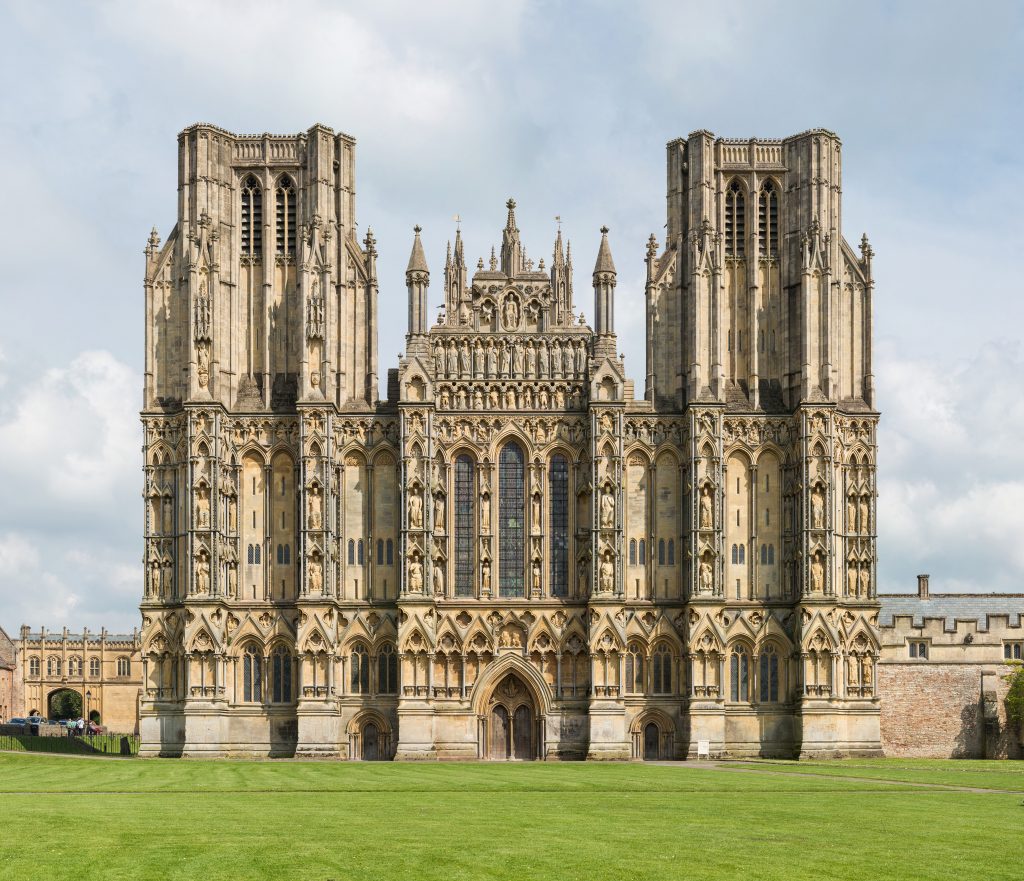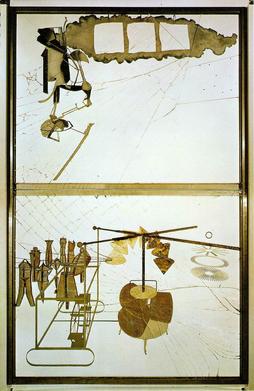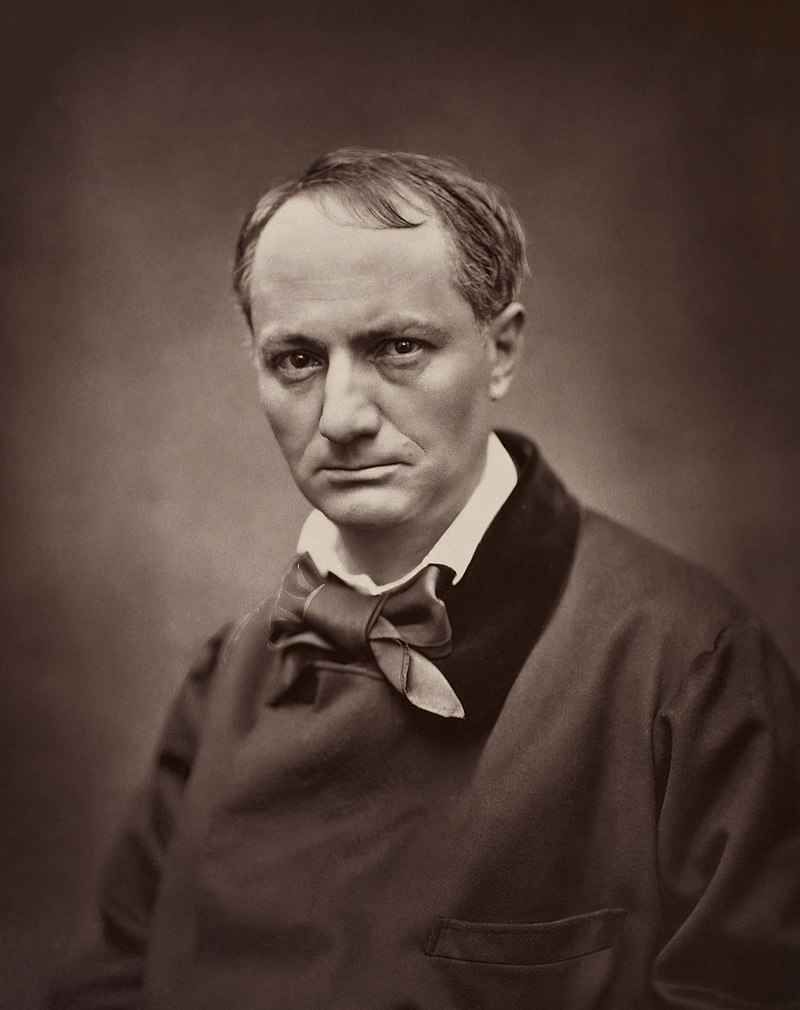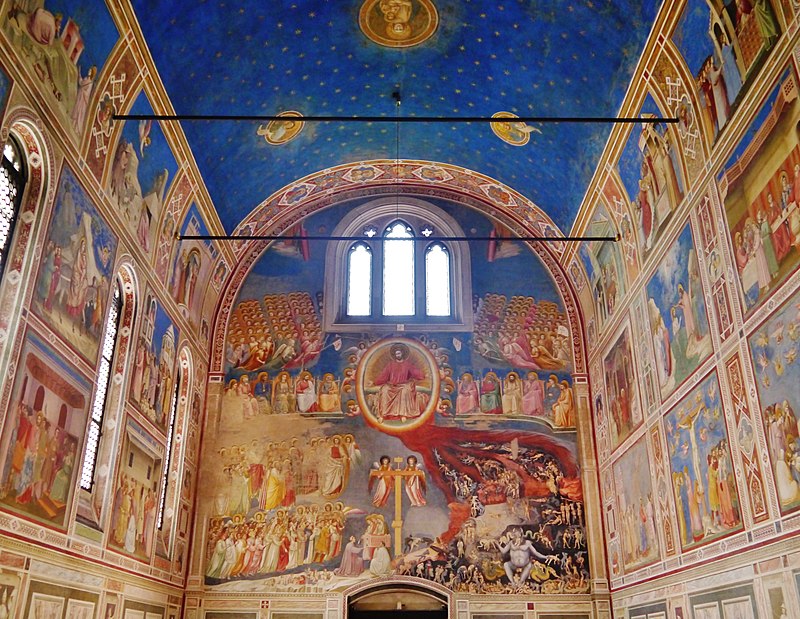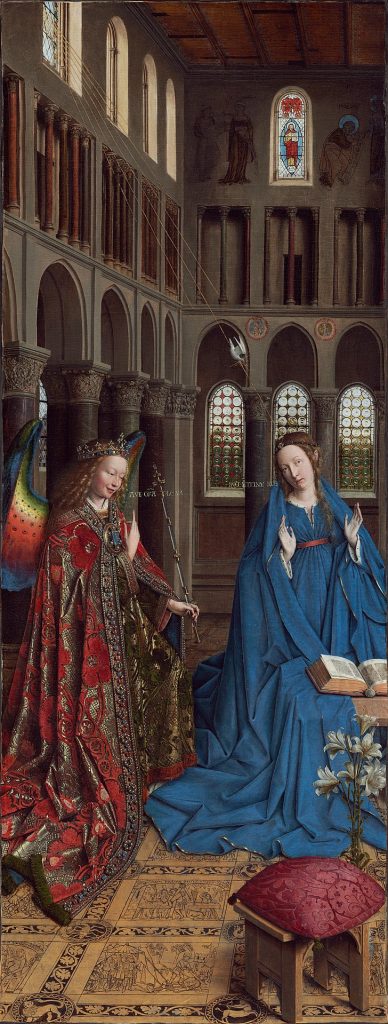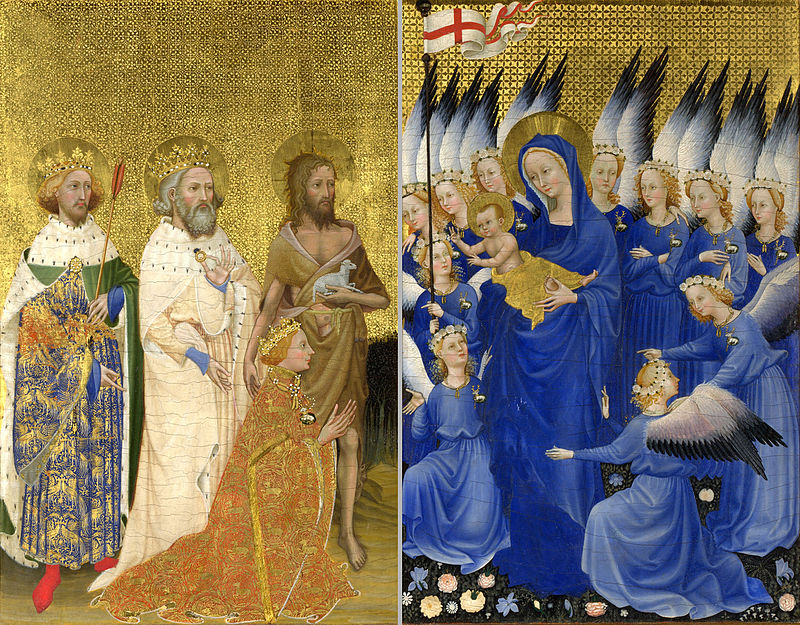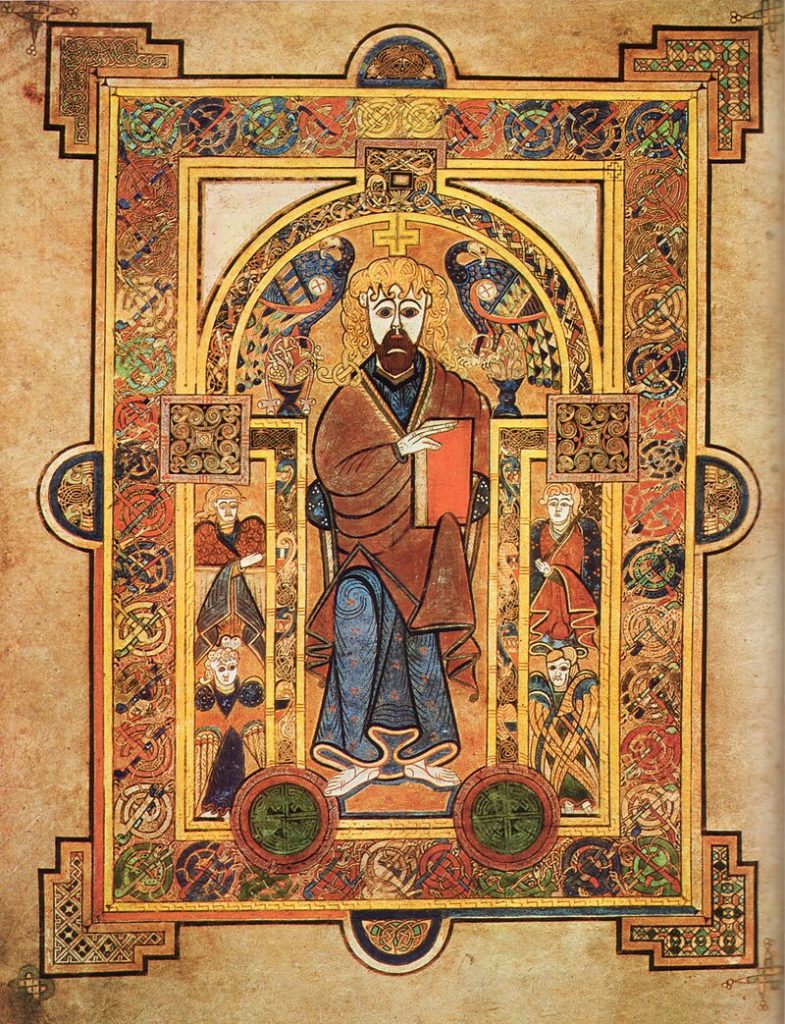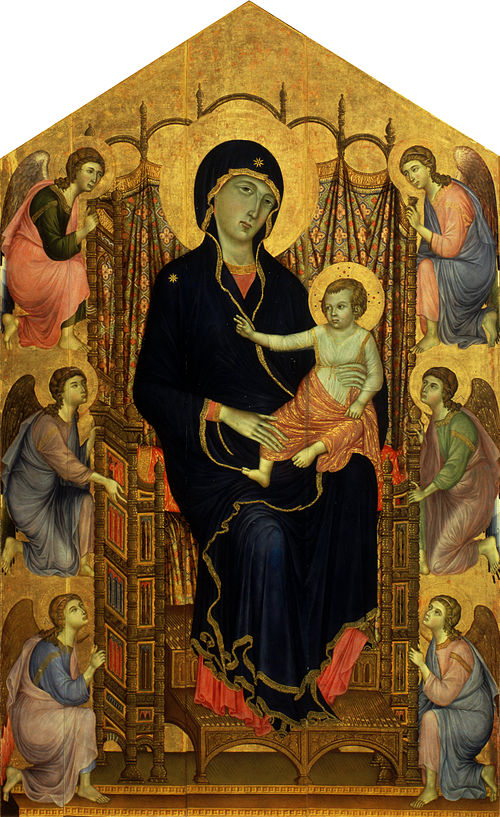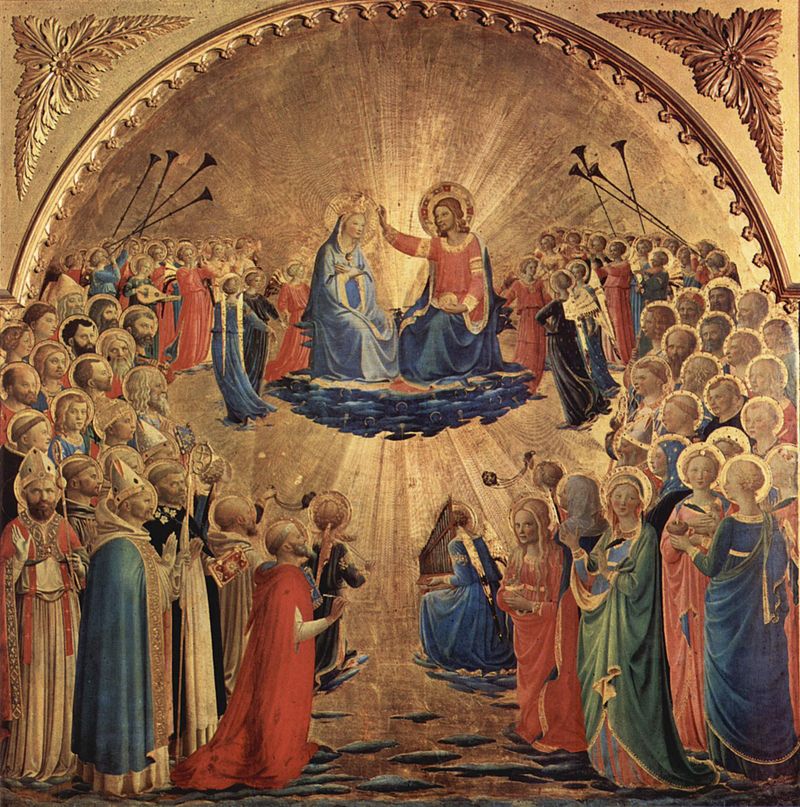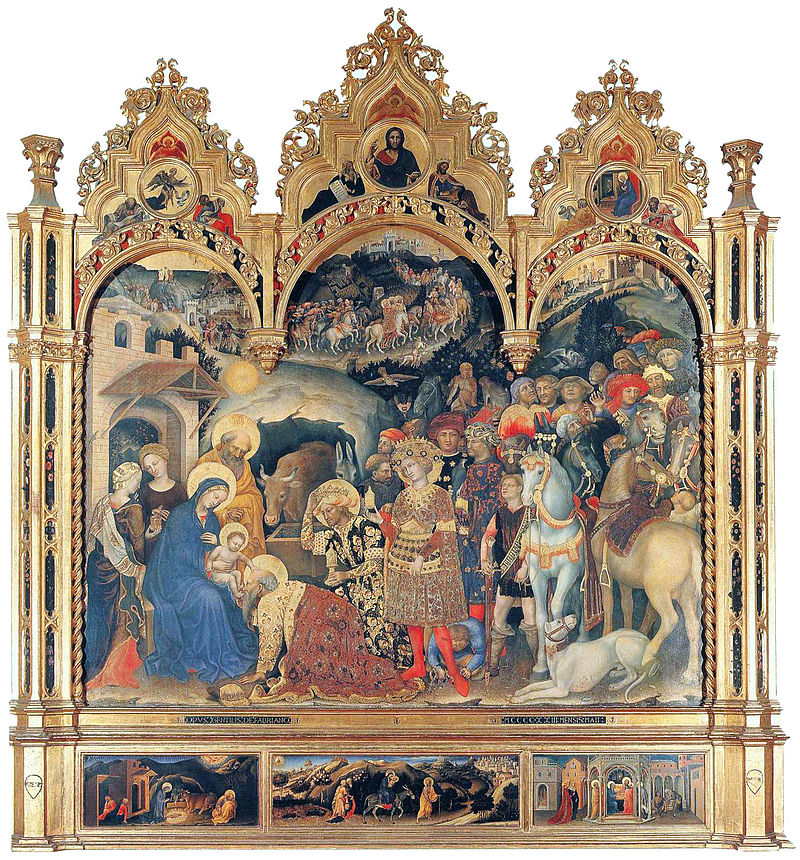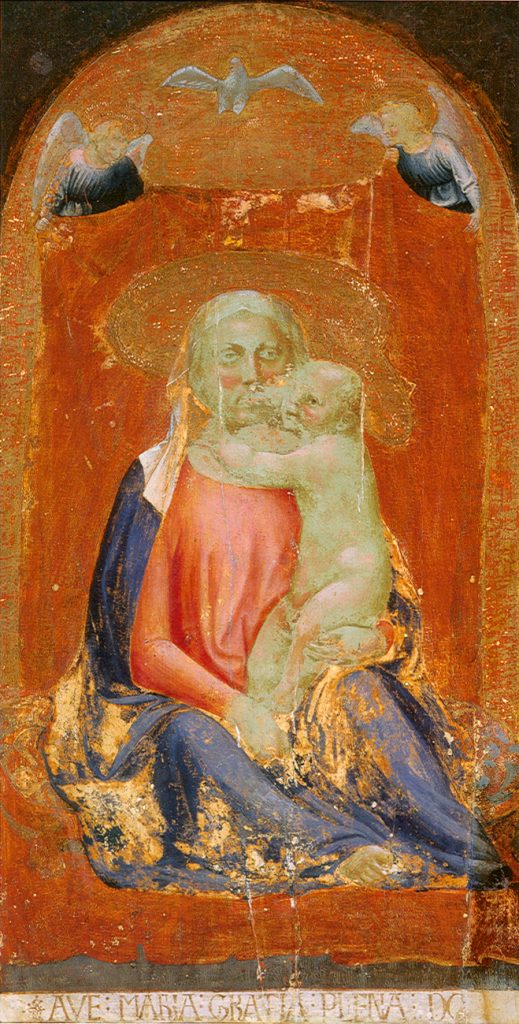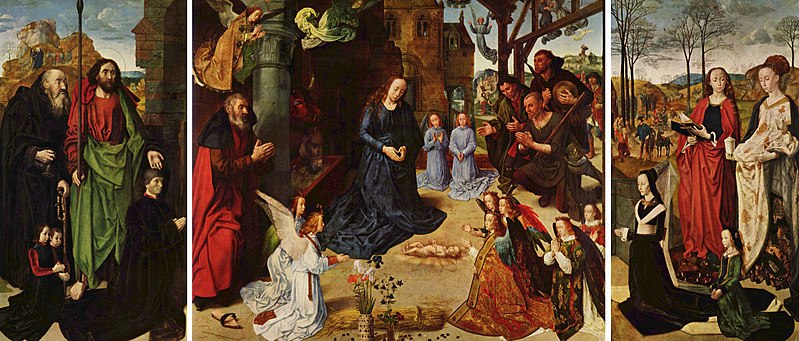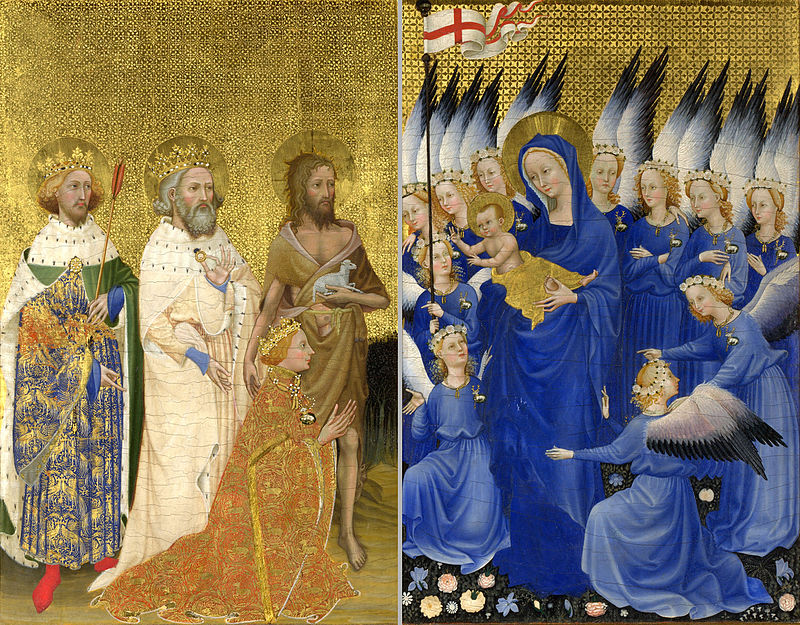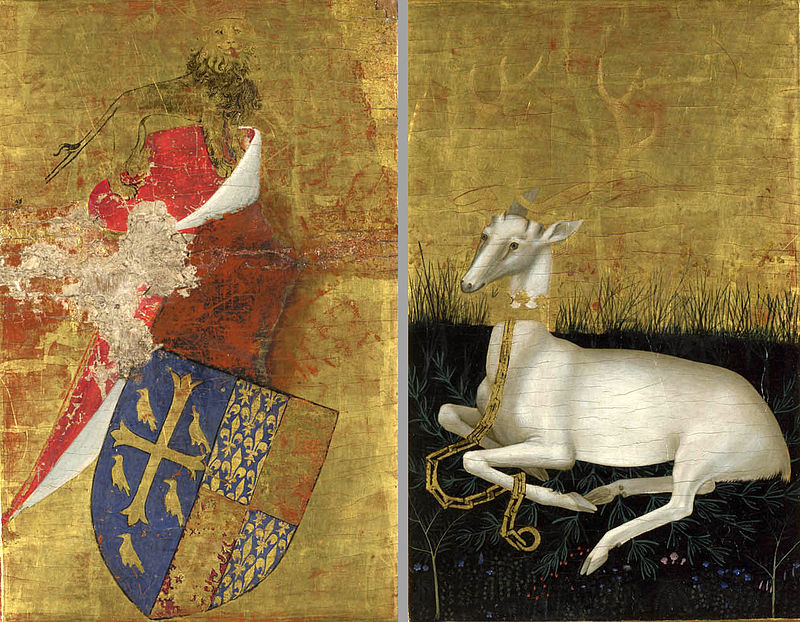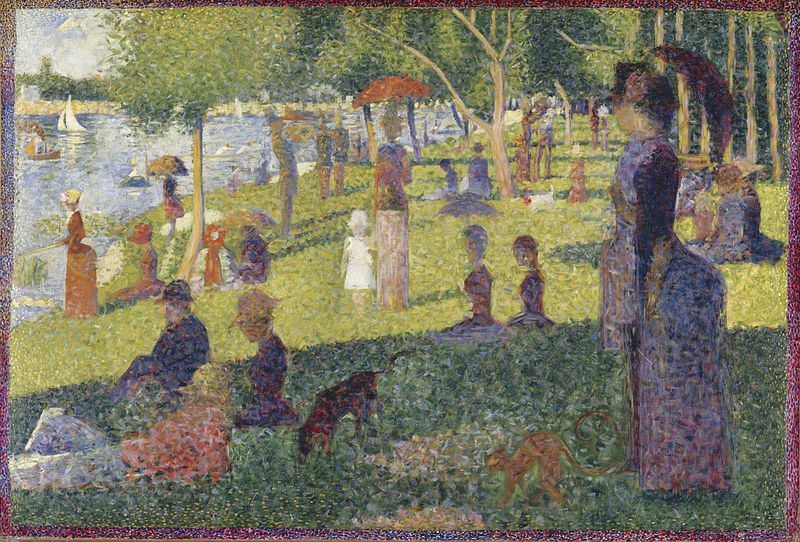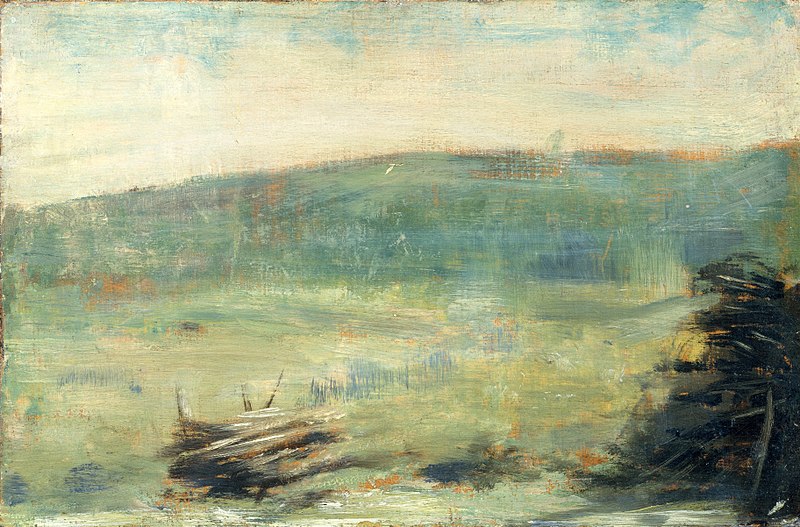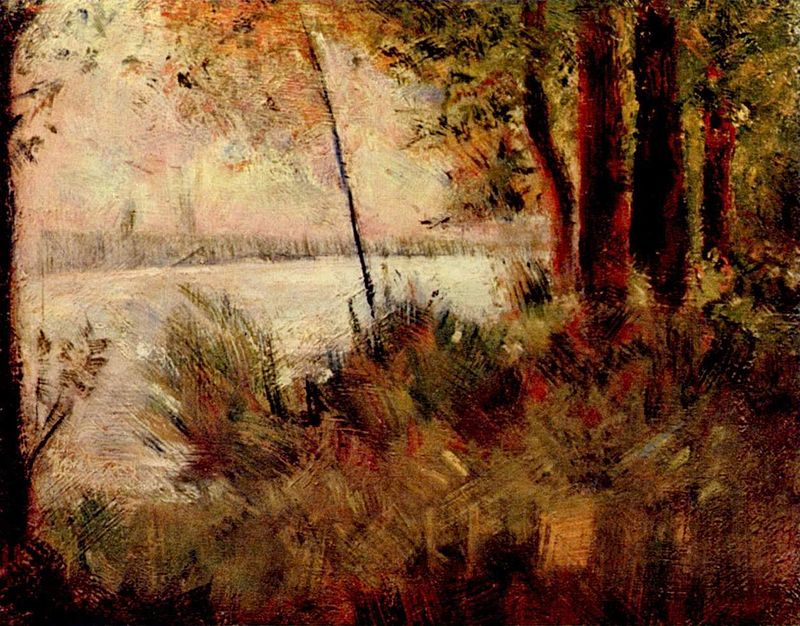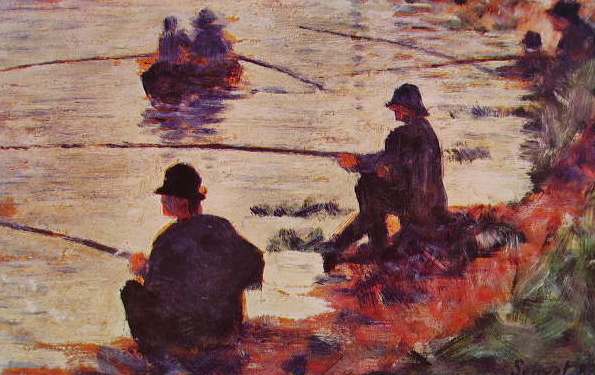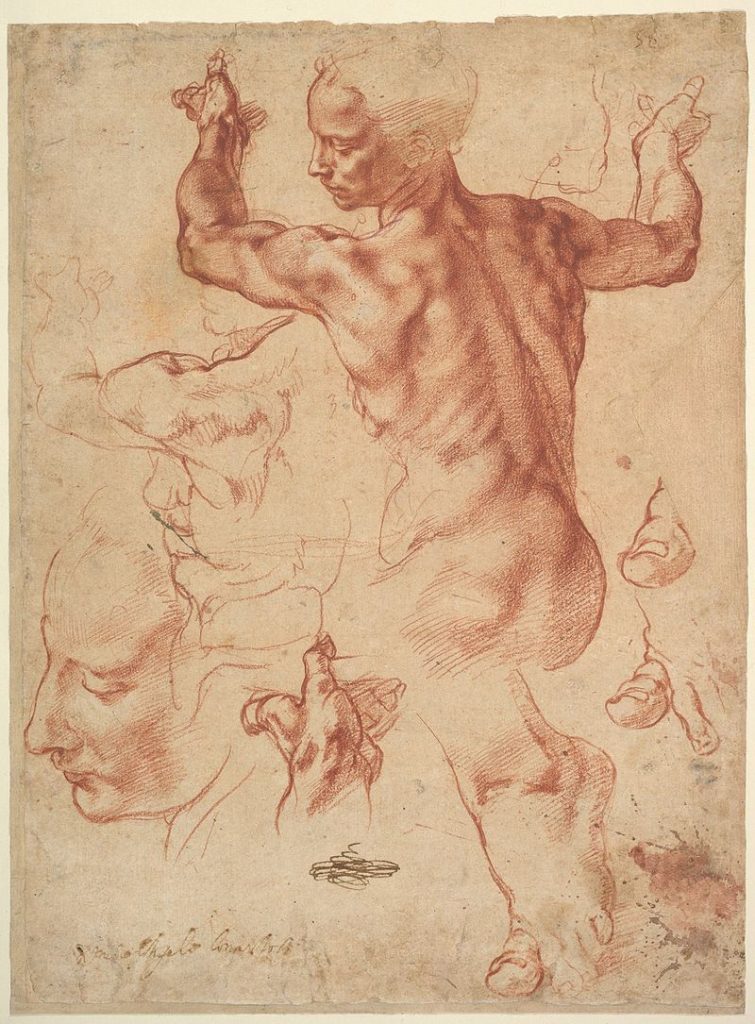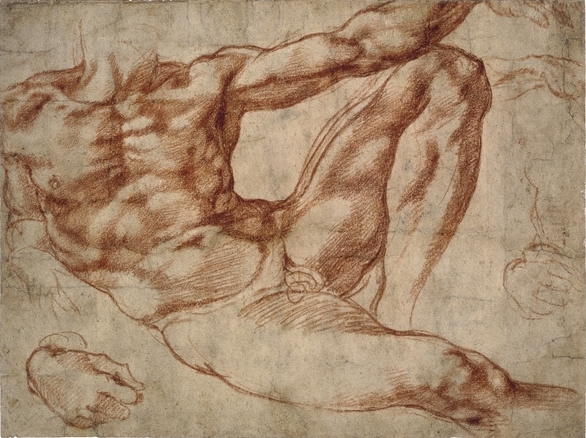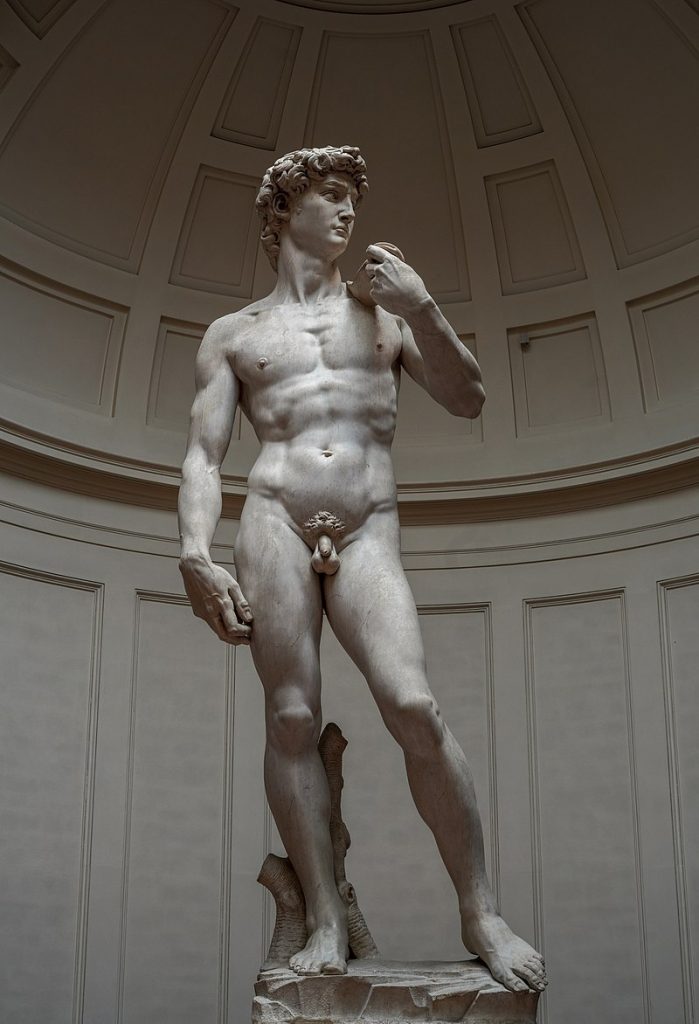Bramante’s architectural contributions in Rome are significant and have left a lasting impact on the city’s architectural heritage. Here are a few notable examples of his work in Rome:

Tempietto di San Pietro in Montorio: This small chapel commissioned by King Ferdinand and Queen Isabella of Spain is one of Bramante’s most celebrated works. Located on the Janiculum Hill, the Tempietto is a perfect example of Bramante’s harmonious architectural style. The circular plan, the use of classical orders, and the central positioning of the altar all contribute to its symbolic representation of divine perfection.

Cloister of Santa Maria della Pace: Bramante’s influence is evident in the cloister of the Church of Santa Maria della Pace. The cloister features a harmonious combination of classical elements, including arches and columns, which create a serene and contemplative space. It demonstrates Bramante’s mastery of creating a sense of balance and proportion in architectural design.

Belvedere Courtyard: Located within the Vatican City, the Belvedere Courtyard is part of the Vatican Museums complex. Bramante designed this courtyard as a semi-circular space with terraced levels, offering panoramic views of Rome. It showcases Bramante’s skill in blending classical architectural forms with innovative design concepts, creating a harmonious integration of architecture and landscape.

Palazzo Caprini (House of Raphael): Bramante designed the Palazzo Caprini as a residence for the renowned painter Raphael. Though the building no longer exists, it was highly influential in its time. It showcased Bramante’s architectural principles of symmetry and classical proportions, with a well-balanced façade and harmonious composition. The design of this palace influenced later architectural developments in Rome.

Plan for St. Peter’s Basilica: Bramante’s most significant and enduring work in Rome is his initial design for St. Peter’s Basilica. Although his original plan was not fully realized, it laid the foundation for the subsequent development of the basilica. Bramante envisioned a centrally planned church with a Greek cross layout, featuring a grand dome as its crowning element. While the final design was modified by subsequent architects, Bramante’s vision set the direction for the iconic structure that stands today.
These examples demonstrate Bramante’s architectural style, which embraced classical principles, harmonious proportions, and symbolic elements. His works in Rome exhibit a sense of grandeur and balance, reflecting the religious fervor and artistic aspirations of the Renaissance era.

